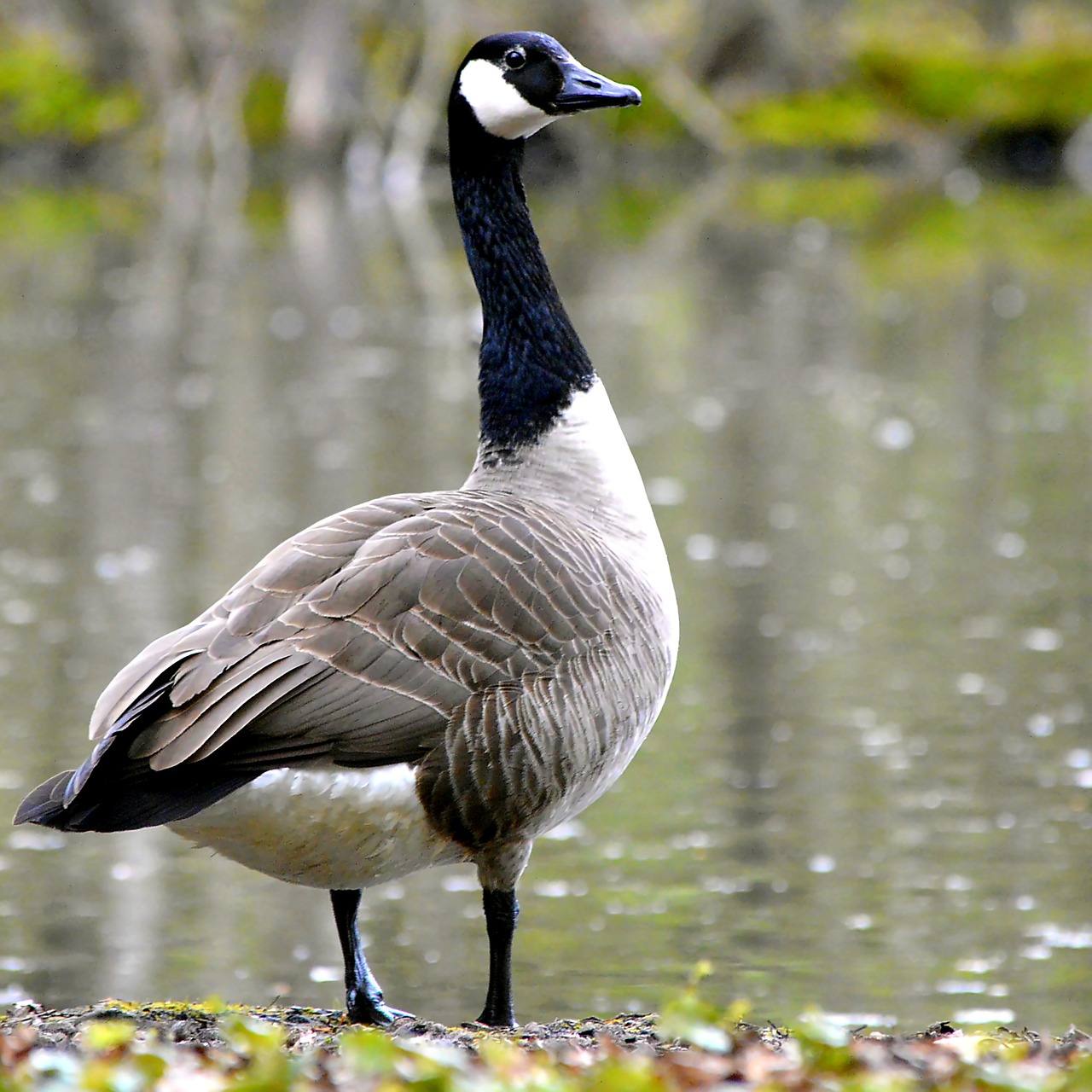 OK, first thing, let me get this off my chest. It’s CANADA Geese, not CANADIAN Geese. I hear that misnomer a lot and it bothers me almost as much as hearing people say “birds and animals.” Depending on the source there are six to eleven species of Canada Goose, the smallest version having been promoted to species status as the Cackling Goose.
OK, first thing, let me get this off my chest. It’s CANADA Geese, not CANADIAN Geese. I hear that misnomer a lot and it bothers me almost as much as hearing people say “birds and animals.” Depending on the source there are six to eleven species of Canada Goose, the smallest version having been promoted to species status as the Cackling Goose.
This time of year we see skeins of geese flying in their V formations, although rarely in a perfect V. They are heading south to their wintering grounds. I got a call from KRCR TV the other day because someone had called them after noticing geese flying north and wondered if the migration pattern changed. No, geese have been flying south for the winter for millions of years and back north in the spring (in the northern hemisphere; it’s reversed below the equator.) But along the migratory route the geese could get disoriented by clouds or storms or simply decide to circle around to find a place to land for the evening or to feed and they might go in any direction for a short distance. Canada Geese can cover 1,500 miles (2,400 kilometers) in just 24 hours with a favorable wind, but usually do not travel that fast. By the way, the flock has no leader; watch and you’ll see the leading bird drop back after a bit and another one take its place. Because of the aerodynamics of the flock, geese get a little uplift from the swirls of wind created by the bird in front. But the front bird doesn’t get that and tires more easily, so he/she trades places.
Canada Geese tend to stay in family groups. The parents fly with their young and when you see a large flock of geese come in for a landing, family units will break off from the flock before they land. A pair of Canada Geese might mate for life, but the evidence is mixed. Many have long term pair bonds but there are “divorces” and deaths that occur followed by a new partner. Those that do mate appear to choose each other based upon size.
Recent data show that Canada Geese migrating south for the winter are not flying as far south as they historically did. Part of it may be due to hunting pressure as there were about 3.5 million geese shot in 2008 and 2009 out of an estimated population of six million birds. That’s over half the population (figures from U.S. Fish and Wildlife Service.) The other explanation is climate change. Like a number of other bird species, migration routes have been moving northward as the climate gets warmer.
Canada goose populations represent a successful wildlife protection program that revived dwindling numbers in the beginning of the 20th century. Most populations are migratory but in some areas they have become permanent residents and occasionally pests in parks, on golf courses, and school grounds where they might eat four pounds of grass and leave two pounds of droppings every day. And, like other birds, around airports – as testified to by the 2009 American Airlines emergency landing in the Hudson River.
But you have to admit, they are attractive birds, these CANADA (not Canadian) Geese.
Last year we had a Canada Goose with protruding feathers on his left side. It finally became smaller. Don’t think he can fly, he stayed nearby all winter. Today I noticed another one with really protruding feathers on his left side. Don’t know how to help, if we even could. Tried to talk with a Wildlife person last year but she was too busy to even call back. Can these two lead a normal life and span if they can never fly?